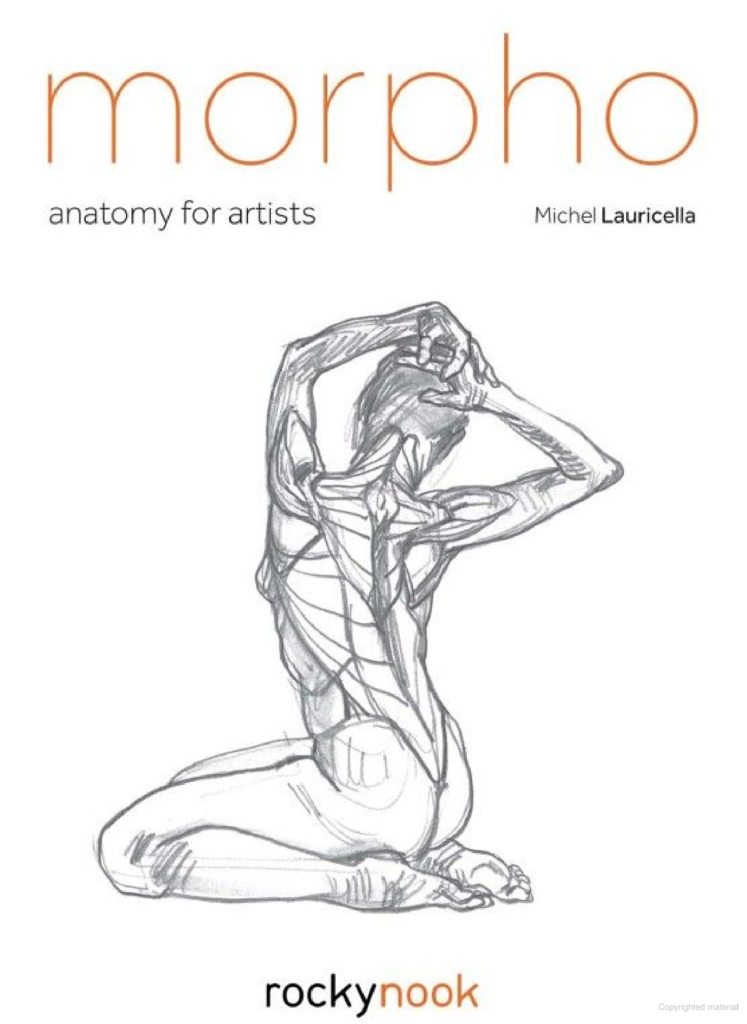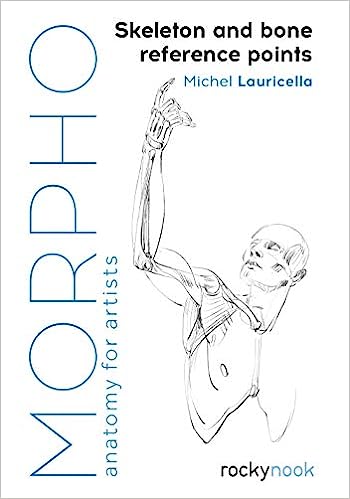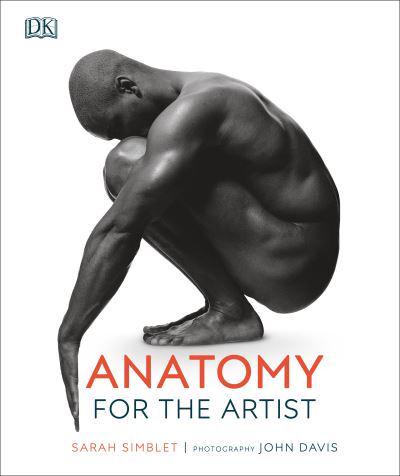
Sculpting the legs, Part II. Structure.
When doing legs as when approaching any part of the figure, one of the most important parts is the structure. This is one of the basic things but it is at the core of everything. If you get that right, you gained 50% of the work, because in the structure lyes proportions, gesture, balance & weight.
This is not easy and that is why is something that I focus first, without distractions by using a simplification system. Most beginners or intermediate sculptors don’t pay much attention to this part thinking that by concentrating in learning the anatomy and getting it right, this will help to get the best results. Well, even when this is true, I don’t fully agree with this.
Below this lines, you’ll see a simplified figure. In this exercise, the anatomy and major forms of the body are all present, but they’ve been reduced to planes and geometric shapes — as you can see in areas like the knees, ribcage, and more. This is exactly the kind of approach I advocate: a structural simplification that still retains the essence of the figure.
It’s the result of a step-by-step method that builds up to this level, from which you can continue developing the piece into a more organic and lifelike sculpture.

It’s true you need to study anatomy and get it right. That means going through the learning process: trying, failing, correcting, and repeating until things finally click. Every sculptor has done this countless times. In fact, most artists have. It takes time, and it’s part of the journey. No objections there.
I believe the structural aspect of figure sculpting deserves to be isolated and emphasized. Doing so can actually help accelerate that learning curve. It gives you something solid to focus on and builds a foundation for understanding the figure more clearly.
Think of it like painting — you begin with broad strokes and two colors, and only later do you refine the details and expand the palette. Or like building a house — first, you lock the pillars in place, then add the windows, the walls, and all the decoration. Structure gives you the ability to see the figure clearly, with as little detail as possible, and still capture the essence of the form.
To sculpt the human figure with structure in mind, we need a few essential tools: geometry and a simplification system based on a canon. With that alone, you’re ready to begin. Of course, if this is your first time sculpting, you might need some guidance around setting up armatures and materials. No worries — I’ve got you covered. I’ll be posting a separate article with everything you need to get started.
And if you’re already familiar with the basics — let’s get our hands dirty.
👉 Subscribe to the newsletter to stay updated on new workshop dates, free resources, and more hands-on learning opportunities!
Sculpture studio © 2025. Javier Murcia.
Developed by Tulpnic.
Trustindex verifies that the original source of the review is Google. Trustindex verifies that the original source of the review is Google. Trustindex verifies that the original source of the review is Google. Trustindex verifies that the original source of the review is Google. Trustindex verifies that the original source of the review is Google. Trustindex verifies that the original source of the review is Google. Trustindex verifies that the original source of the review is Google.
Sign up to get updates about regular Tips we post on this website, Tutorias and upcoming events ( On line and In person workshops ).
In-person workshops are scheduled in different places at different times of the year. Most workshops run twice a year in different locations in New Zealand, Auckland being the most demanded of the locations. Australia and Europe are other locations planned to run workshops.
We are setting up a different challenge with a live model changing pose each time. Plenty of material, tutorials and online courses can help you on this journey and keep you connected with the community. To ensure you get this information, sign up for the newsletter.
If you are missing one day out of 2 or 3, we recommend you to wait until there is another chance as you might be missing quite a bit of information and time to do your work. If this is a 5 days workshop it might be ok.
Not really. Simplified figure is the only workshop we have designed to teach the basics of building the human figure so you have enough knowledge to make the most of a model. So, if you are thinking of joining the five days figure workshop with model, this might be good for you, although it is not mandatory.
Not really. The more experience you have the better. Javier Is an experienced sculptor and can adapt to your level whether you are just beginning or you are experienced, whether you are just looking at learning more anatomy or pursuing a more artistic challenge.
The workshops are designed for:
If you want to learn about the human figure, I would suggest you join the Online courses. Why? There is a lot more information Javier can share with you. You can find your time to invest in your learning process. Head studies online is about six weeks course, and the figure online course is about ten weeks. The more hours you put in, the more you will learn; that´s a rule. And finally, it is more personalized as the progress of your work will be reviewed every week by Javier personally.
If you are interested in doing a workshop but you don´t know which one, get in touch and let us know what is that you are looking for and we will help you. Either if you are looking for some good training, knowledge or just living the experience as a hobby, we can help you.

This book is essential for learning more about the human figure as it is very complete. Includes proportions based on eight heads ( be aware that we are using 7.5 heads), bone structure explanation, balance and range of movement of the joins. The anatomy applied to the figure is not necessarily as accurate as in the Paul Richer book. This book also includes pictures of models for an applied explanation.

This book is excellent for learning anatomy from a medical perspective applied to art. Here we also find his 7.5 cannon explained. The illustrations are accurate, giving the precise location of muscles, layers and mapping of the human body. This book is used in official academies like the Florence academy.

In this book, Michel Lauricella presents both his artistic and systematic methods for drawing the human body–with drawing techniques from the écorché (showing the musculature underneath the skin) to sketches of models in action. In more than 1,000 illustrations, the human body is shown from a new perspective–from bone structure to musculature, from anatomical detail to the body in motion.

This small, portable book presents a unique perspective on the human body for artists to study and implement in their drawing work. In this book, artist and teacher Michel Lauricella simplifies the human body into basic shapes and forms, offering profound insight for artists of all kinds, sparking the imagination and improving one’s observational abilities. Rather than going the traditional route of memorizing a repertoire of poses, Lauricella instead stresses learning this small collection of forms, which can then be combined and shaped into the more complex and varied forms and postures we see in the living body.

This book provides a simplified and practical vision of the human skeleton to help all artists in their drawing studies. Here you will find the most common and useful approaches to the body’s underlying skeleton and bone structure, which will fuel your imagination and enrich your observational skills as you draw the living form. In this small, portable guide, artist and teacher Michel Lauricella focuses on the essentials you need to know.

This book is excellent for the quality of the drawings; very expressive, fresh and accurate. This book is recommended as a reference for the quality of work we can achieve in the art standards mostly applied to drawing. It is also a good source of images of bodies and living anatomy.